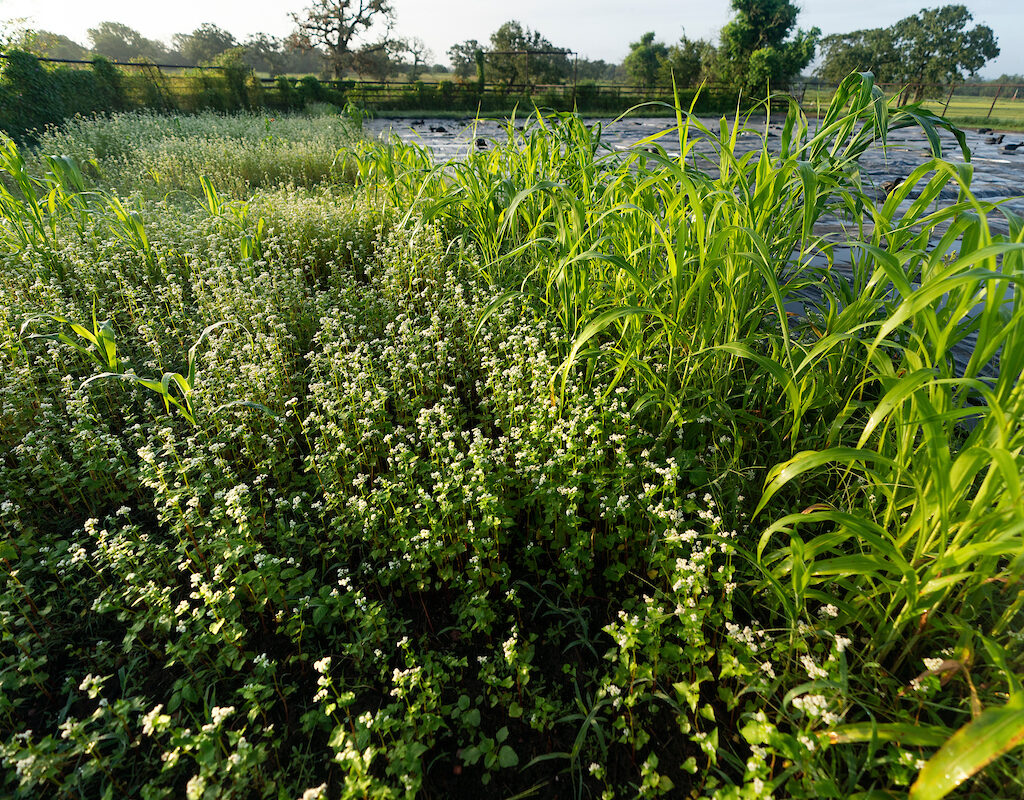Agrilife Extension Resources

- Publication
Integrated Pest Management (IPM) can be used to control weeds, keep lawns healthy and protect the environment.
- Publication
Soil solarization is an environmentally friendly method of using the sun’ power to control pests such as bacteria, insects, and weeds in the soil. This publication explains how home gardeners and crop producers can solarize their soil to significantly reduce weeds long and short term. Also outlined are the results of two research trials to […]
- Publication
This publication outlines the primary weed pests of spinach, integrated weed management strategies, and recent research findings as they influence current best practices for controlling weeds in spinach.
- Publication
It can be difficult for homeowners to differentiate between herbicide products available to them. This publication was created as an overview of several active ingredients commonly found in widely-available herbicides and simple tips for product selection.
- Publication
Get a beautiful lawn with overseeding! Our free guide walks you through choosing the right grass seeds, planting, maintenance, and more. Download your copy today!
- Publication
Get a beautiful, healthy warm-season lawn with our free warm-season turfgrass mowing guide! Based on the latest research, get tips on mowing height, schedules, and mower maintenance. Learn how to save time and get the best results, no matter your equipment. Download your copy today!
- Publication
This 2-page quick reference guide for common rangeland and pasture herbicides includes information on active ingredients, trade names, grazing restrictions, hay harvest restrictions, and rainfast intervals.
- Publication
Using an integrated approach that combines cultural, mechanical, and chemical methods can help you manage weeds in pastures and forages effectively, economically, and with little harm to the environment.
- Publication
Weed identification is necessary to the success of any weed control program. Frequently, simple plant keys or "picture" identification guides are used to identify weeds. This handbook, which identifies and labels plant structures, can help one better understand the plant part terminology used in identification guides.
- Publication
This leaflet describes how to check for thatch and how to control it efficiently for home lawns.